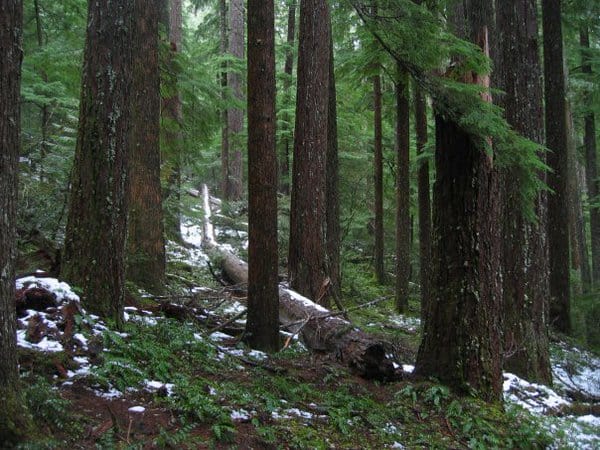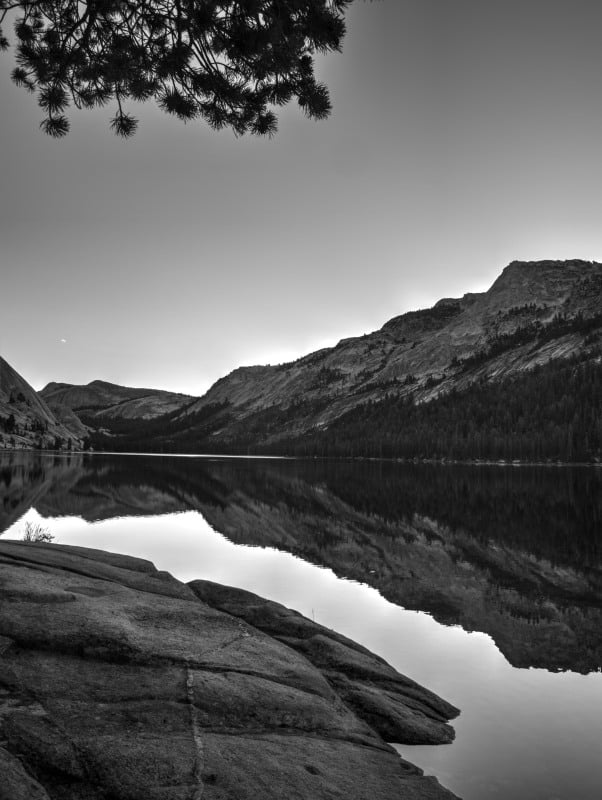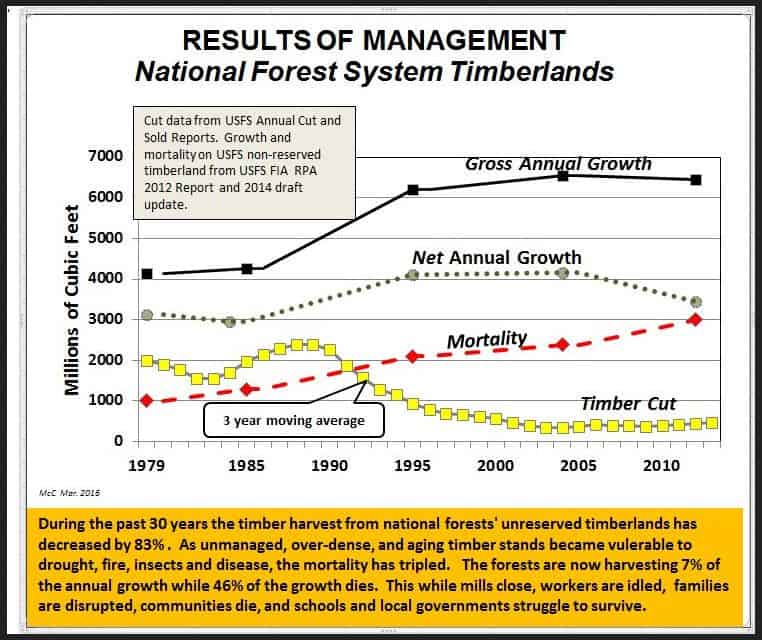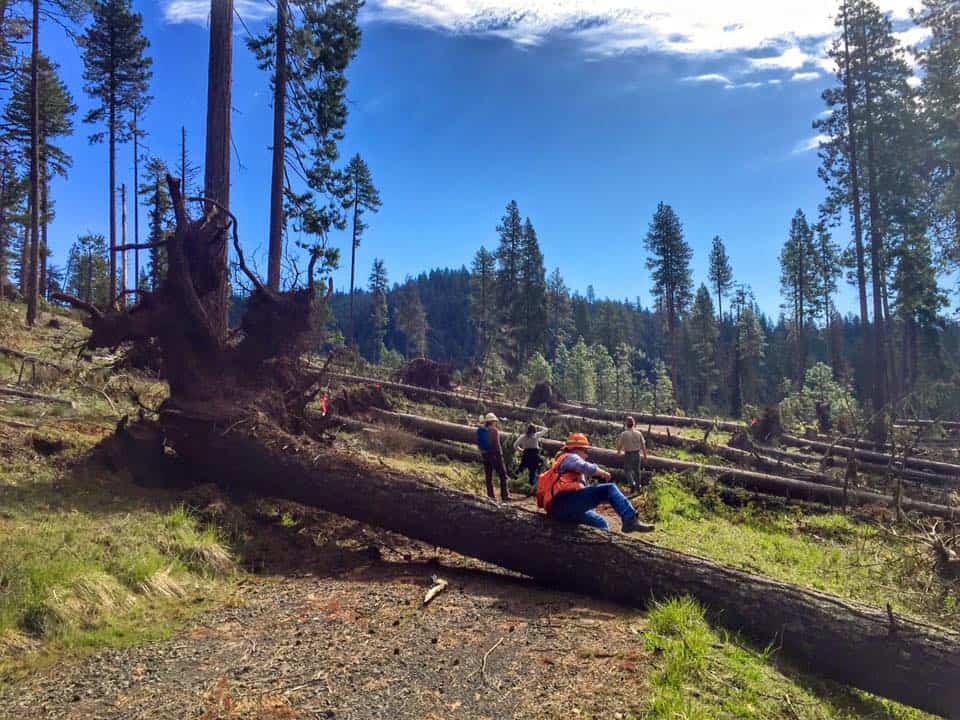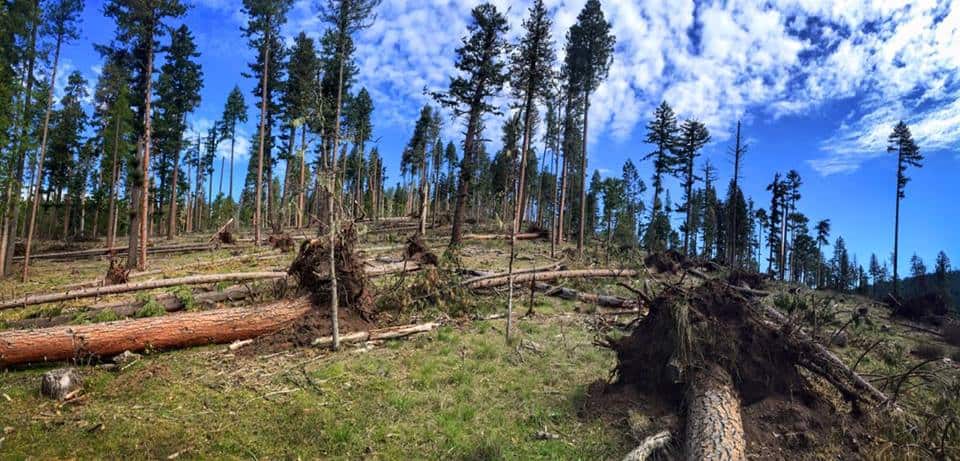[The following is a press release from Friends of the Wild Swan and Alliance for the Wild Rockies. -mk]
Conservation groups Friends of the Wild Swan and Alliance for the Wild Rockies filed a lawsuit in the Portland federal district court challenging the U.S. Fish and Wildlife Service’s bull trout recovery plan.
The Plan fails to ensure the long-term survival and recovery of the species, ignores the best available science, ignores its own previous findings about the status of bull trout and what they need for recovery and instead relies on novel and inadequate criteria for recovery devoid of any objective population criteria.
For example, the plan allows an arbitrary 25% of bull trout local populations in the Coastal, Mid-Columbia, Upper Snake and Columbia Headwaters Units to be extirpated without consideration of whether those populations are significant genetically or essential to achieve recovery. This is a total reversal of the Service’s 2010 designation of bull trout critical habitat that identified unoccupied habitat that is essential for expanding, not contracting the range of bull trout.
At the time of listing (1998-1999) bull trout numbers had already been reduced by 60%; under this plan bull trout local populations can be lost yet bull trout will be “recovered”.
“This plan allows bull trout populations to decline even further and doesn’t address the looming threat of climate change,” said Arlene Montgomery, Program Director for Friends of the Wild Swan. “Our detailed comments that included relevant science and threats facing bull trout were ignored and the Service is continuing on a path that will lead to less fish than when they were listed. That’s not recovery.”
The focus of the recovery plan is to “effectively manage and ameliorate the primary threats in each of the six recovery units at the core area scale such that bull trout will persist in the foreseeable future.” However the plan does not contain habitat standards or population criteria so it is not possible to gauge whether threats are being “managed” and bull trout numbers are increasing.
Mike Garrity, Executive Director of the Alliance for the Wild Rockies said, “The Obama administration’s Fish and Wildlife Service needs to come up with a real recovery plan that addresses global warming instead of just saying climate change is going to cause a lot of bull trout to die and there is nothing we can do about it. Their plan is an extinction plan, not a recovery plan. The Fish and Wildlife Service also needs to address the other main threats to bull trout, habitat degradation caused by logging, mining and grazing.”
This case marks the 7th time in 20 years that these groups have sued the Fish and Wildlife Service to require them to comply with their obligations under the ESA to list bull trout, designate its critical habitat, and now establish a recovery plan for the species that will lead to their conservation, recovery and eventual de-listing.
Why Bull Trout are Important
Bull trout need the coldest, cleanest water of all salmonids. Their stringent habitat requirements make them an excellent indicator of water quality.
The Five C’s characterize good bull trout habitat:
• Clean water with very little fine sediment in the stream bottom. Fine sediment fills up the spaces in the spawning gravel, restricts oxygen flow and smothers bull trout eggs.
• Cold water temperatures are very important for bull trout. If water temperatures rise above 59 degrees F then it creates a thermal barrier that restricts migration and use of available habitats.
• Complex streams with intact riparian vegetation to provide shade, woody debris, bank stability and deep pools.
• Connected watersheds allow the fish to migrate. Bull trout spawn and rear in stream habitats. At about two years of age they migrate from their spawning stream and mature in lakes or rivers, traveling up to 150 miles. They return to their natal stream to spawn but unlike salmon make the journey between stream and lake many times in their life.
• Comprehensive protection and restoration of bull trout habitat must done be throughout the range of this native fish.
The decline of bull trout is primarily due to habitat degradation and fragmentation; blockage of migratory corridors by roads, culverts or dams; poor water quality from warm temperature, sediment or pollutants; past fisheries management practices such as introductions and management of non-native fish; impoundments, dams, or water diversions; and non-native fish species competition and predation. Climate change is an additional threat to the cold water that bull trout need to survive.
